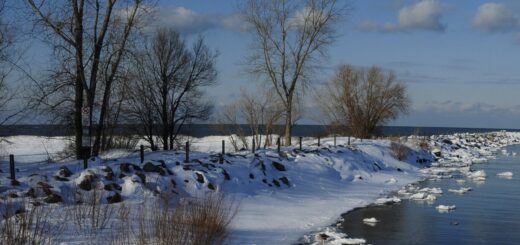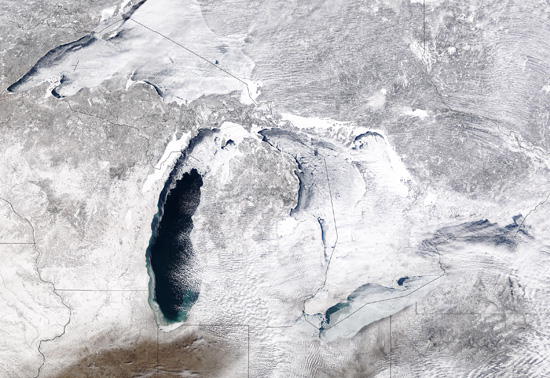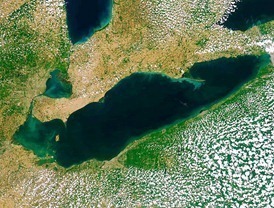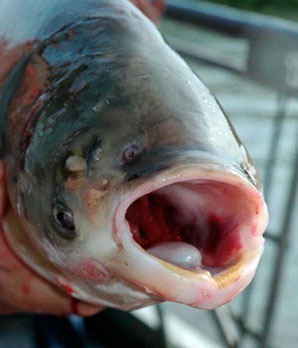Federal funding helps stop sediment runoff in ‘impaired’ Lake Superior tributary
0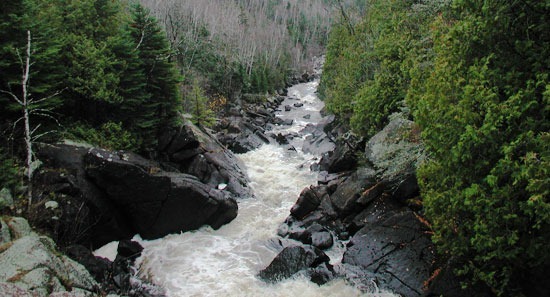
The Poplar River
Federal grant money will help to clean up the Poplar River, an “impaired” waterway that flows into Lake Superior.
The river was designated as impaired by the Minnesota Pollution Control Agency in 2004, using the sediment standards set in the Clean Water Act. It is known to be highly turbid from heavy amounts of sediment runoff. The river also exhibits high mercury levels, likely because mercury and other contaminants can bond to sediment. Additionally, the number of juvenile trout in the river declined from 1989 to 2003.
The stream will receive $687,034 from the Great Lakes Commission and the U.S. Department of Agriculture’s Natural Resources Conservation Service to reduce the runoff. The grant contributes to a larger $20 million effort to prevent a cumulative 24,000 tons of sediment from entering the Great Lakes each year.
The upper Poplar runs mostly though undeveloped forests and remains relatively clean. In the lower portion of the river, though, a ski area, golf course, parking lots, and townhomes contribute to the runoff problem. As the river passes through this developed area, phosphorus levels double and sedimentation increases six-fold, according to a 2003 Pollution Control Agency report.
Experts suspect, however, that it’s likely the heavy runoff occurred even before the area was developed, dating back as far as early logging a century ago. Less tree cover and roots made it easier for precipitation to carry mud and other materials with it as it flowed into the river.
The Poplar River grant will fund four separate projects aimed at slowing runoff at nearby hillsides where rain and snowmelt often carry sediment down into the river.
The largest project will deliver water down the hill within a pipeline to prevent it from eroding the hillside on the way down. The other three efforts will create natural erosion barriers, such as planting trees, and enhance the area stormwater management system. Additionally, some resorts in the area have implemented rain gardens, stormwater retention ponds, and rock-lined channels to reduce runoff.
Officials say they hope that to stop about 285 tons of silt from entering the river each year.
“Our goal is to have the river delisted in five or 10 years,” Cindy Gentz, water plan manager for Cook County, told the Duluth News Tribune.
Lutsen’s Poplar River gets big grant for sediment solution [Duluth News Tribune] Image Credit: http://www.hoedlshaven.com/MINNESOTAPACE/index.htm




